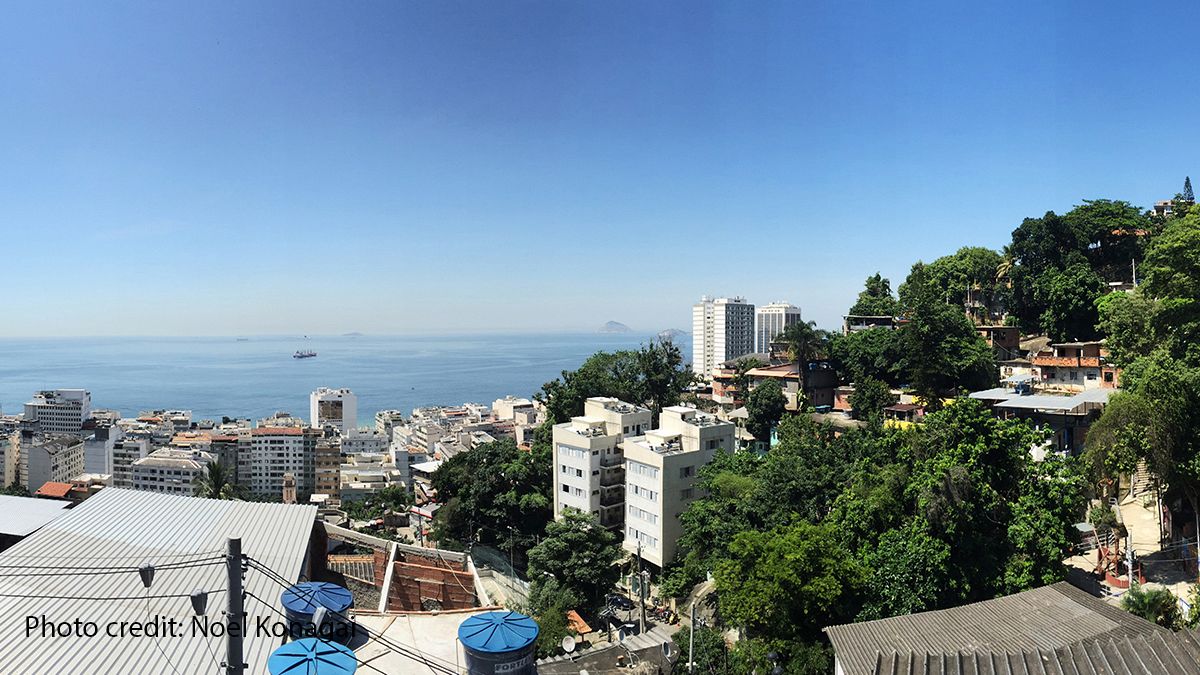With less than a month left until the start of the Rio Olympics, the number of tourists in some of the best located slums of the city is steadily rising. Babilônia, near Copacabana beach, boasts a breathtaking view over the Atlantic ocean from high above the shore. However, not all slum communities are experiencing the positive effects of gentrification. At the beginning of June, a scuffle broke out in Vila Autódromo, another favela, located at the edges of the Olympic park. The effects of urban renewal and gentrification projects involving the favelas are a something of a double-edged sword.
In 2009, Rio de Janeiro police pioneered the project, reclaiming territories controlled by gangs of drug dealers with its law enforcement group called Pacifying Police Unit (Unidade de Polícia Pacificadora – UPP). In the aftermath of this project, given the excellent location and stunning views, Babilônia became a hotspot for favela tourism. The favela can in fact serve as a cheap alternative to much pricier hotels during the Rio Olympics. A night in a shared dormitory in the favela can be as cheap as 30 EUR during the Olympics, and 10 EUR at other times. Meanwhile, the price for one night of a three star hotel is about 200 EUR during the Olympics.
Yet the increase in tourism and the pacification project is not necessarily being well received by the traditional residents of the favela. The Guardian has reported that since the UPP pacification project, rent prices have doubled. While safety and security prevails, higher rent prices are restricting the social mobility of low-income individuals. In the past, it was considerably easier to move from the economically less developed north-east of Brazil to one of the favelas of Rio de Janeiro.
While favelas like Babilônia might well be witnessing an economic boom, other slums like Vila Autódromo are being demolished. The German photographer, Marc Ohrem-Leclef, undertook a project entitled Olympic Favela. Its objective is simple: Ohrem-Leclef demonstrates the alarming effects of the forced relocation in fourteen of Rio’s favelas with portrait pictures of the residents.
While a brand new home may offer numerous advantages, with any urban relocation project, the existing community risks being damaged. The alternative narrative of the human cost of the Olympics is what the Evictions Museum in Vila Autodrómo brings to its visitors. Whether it is urban renewal or gentrification, both have their costs and benefits that the favela community cannot control.


